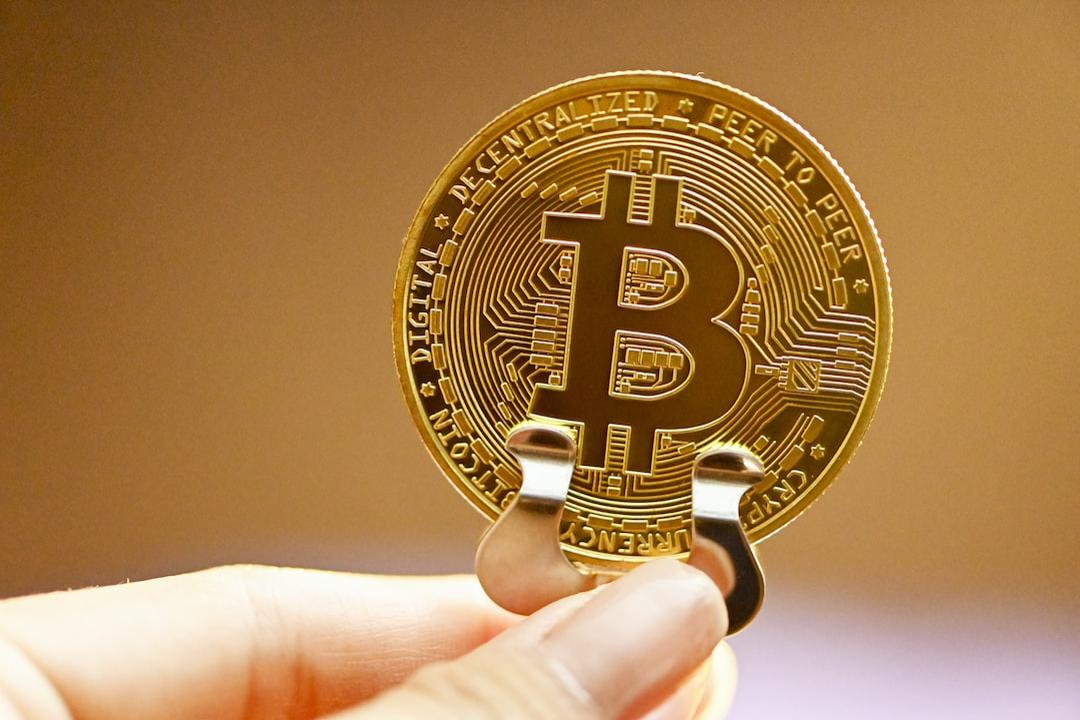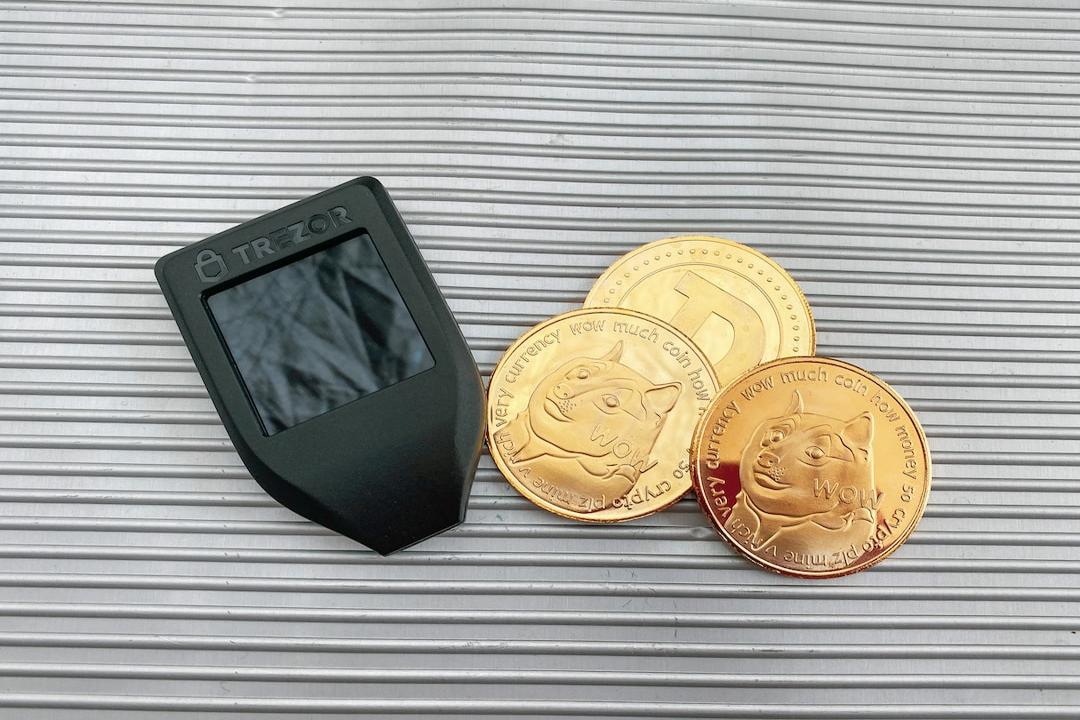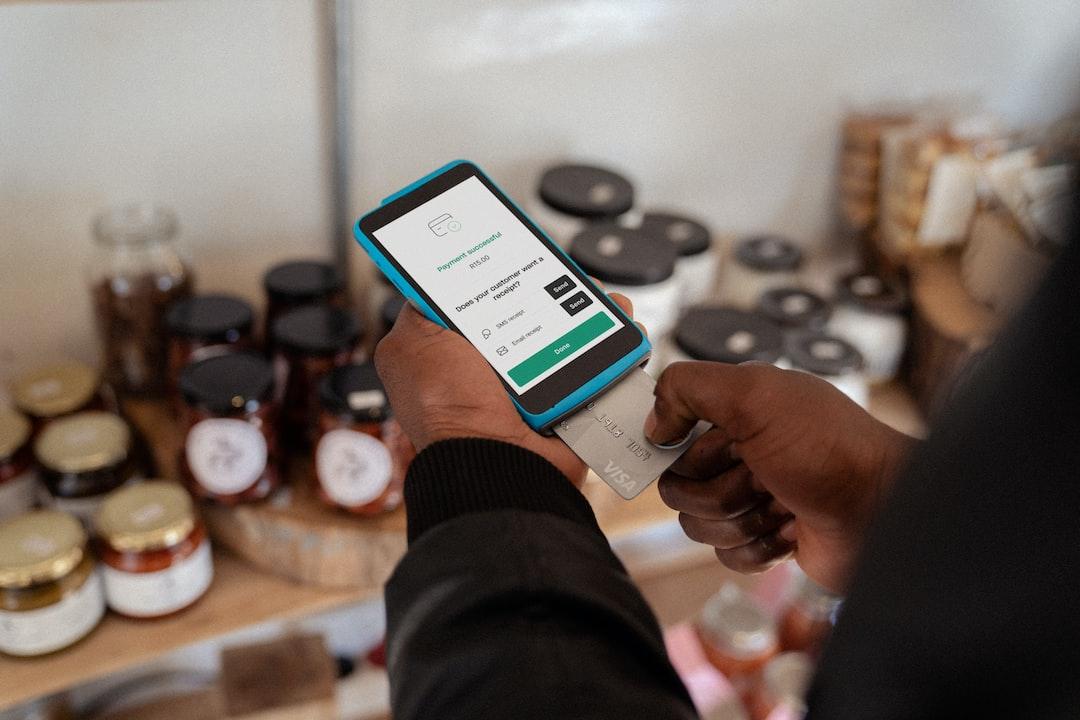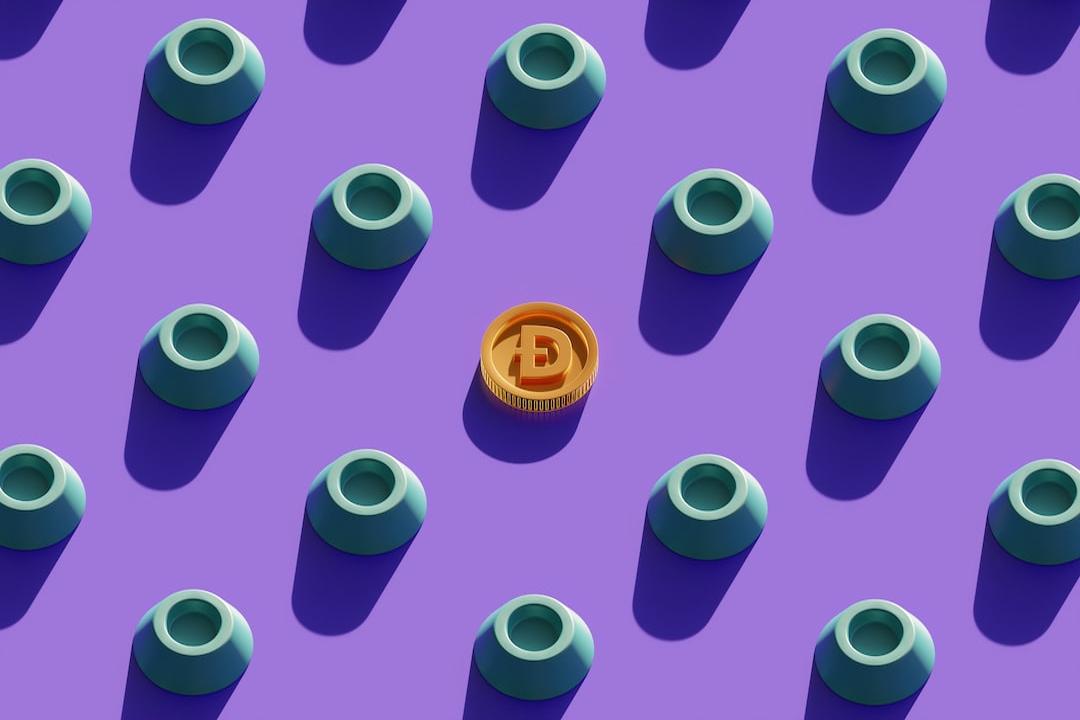Developers are working on building various Layer 2 projects on top of the Bitcoin base layer. This article introduces readers to early and recent Layer 2 projects for Bitcoin. The information is sourced from an article by Cregis Research, compiled, translated, and written by Block Beats.
Table of Contents:
Why does Bitcoin need Layer 2?
Early Layer 2 Projects for Bitcoin
(1) Lightning Network
(2) Stacks
(3) Rootstock
(4) Liquid Network
New Layer 2 Projects for Bitcoin
(1) BEVM
(2) B2 Network
(3) Dovi
(4) Map Protocol
(5) Merlin Chain
(6) Bison
The Next Step in the Bitcoin Ecosystem: Smart Contract Market
(1) BitVM
(2) RGB
Conclusion
In 2023, Bitcoin’s revival brought new vitality and possibilities to the Bitcoin ecosystem. Shortly after, in early 2024, Bitcoin reached a new all-time high of $73,000 and attracted market attention once again.
Bitcoin’s proven security and network effect have attracted many developers who see Bitcoin as the foundational layer of blockchain. These developers are working on building various Layer 2 projects on top of the Bitcoin base layer. In this article, we will introduce early and recent Layer 2 projects for Bitcoin.
According to the “Scalability Trilemma,” decentralized networks struggle to balance decentralization, security, and scalability. The Bitcoin network has over 75,000 core nodes, making it highly decentralized and recognized as the most secure blockchain. However, the Bitcoin network can only process 3-5 transactions per second, limiting its scalability. One potential solution to the scalability issue is Bitcoin Layer 2 technology, which aims to improve Bitcoin’s scalability, allowing it to handle a large number of transactions without compromising transaction speed or increasing transaction fees.

Currently, the total value locked (TVL) in Bitcoin Layer 2 (L2) projects is only a small fraction of Bitcoin’s market capitalization. The total TVL of the four most well-known L2 projects is approximately $700 million, accounting for only about 0.15% of the entire L2 market. This indicates that the Bitcoin Layer 2 ecosystem is still in its early stages, especially compared to the Layer 2 market on other blockchains.
However, the situation is quietly changing. The Lightning Network continues to grow steadily, Stacks is committed to major upgrades to drive the development of the Bitcoin smart contract market, and Rootstock is also continuously upgrading. Currently, existing L2 solutions on Bitcoin have different goals, some aiming to improve Bitcoin’s network scalability, while others aim to enhance its expressive programmability.
The Lightning Network, as a second-layer solution for Bitcoin, aims to address Bitcoin’s scalability issues and increase transaction throughput while reducing transaction fees. Through payment channels, users can conduct off-chain transactions, avoiding the competition for block space on the Bitcoin blockchain or waiting for L1 consensus, thus improving efficiency. When users decide to settle the transactions conducted through payment channels, they can choose to close the channel and settle the off-chain activities on the Bitcoin network. The Lightning Network currently has a total value locked of:

The design of the Lightning Network enables it to facilitate over 40 million transactions per second, far surpassing other blockchains and traditional payment channels. Additionally, the Lightning Network significantly reduces transaction fees, with low base fees and rates. As the usage of the Lightning Network increases, these fees continue to decrease.
More users and businesses are adopting the Lightning Network to reduce transaction costs and improve the usability of Bitcoin. Integration at the government and corporate levels has also driven the application of the Lightning Network, such as the Salvadoran government adopting Bitcoin as its national legal tender and being compatible with the government-commissioned ChivoWallet. Companies like Twitter and CashApp have also added support for the Lightning Network on their platforms.
The market is optimistic about the future prospects of the Lightning Network, and many projects and investors are dedicated to building L2 networks on it. For example, Block, a Bitcoin startup company owned by Jack Dorsey, launched a new venture capital initiative called “c=” focused on providing new financing tools and services on the Lightning Network. Meanwhile, companies like Spiral are developing Lightning Network development kits (LDK) to improve the user experience and attract mainstream users to the Lightning Network. In addition, the Lightning Network core team, Lightning Labs, has launched the “Taro” upgrade to leverage the Taproot upgrade of Bitcoin to bring new assets to the Bitcoin network, enabling users to issue and transfer synthetic assets, tokens, and NFTs on Bitcoin.
Finally, companies like Zeebeedee and Strike are in talks with different countries for fiat on-ramps, aiming to attract more users to the Lightning Network and provide international remittance services, expanding its use cases.
Stacks, self-proclaimed as “Bitcoin Layer,” means that it is a second-layer solution that operates on the Bitcoin blockchain. Although it is not a sidechain, it leverages Bitcoin’s security and incentivizes miners and transaction processing through the introduction of the STX token and a consensus mechanism called PoX. Stacks allows developers to build various DApps, especially in the DeFi and NFT sectors. Stacks currently has a total value locked of:

Now, Stacks introduces sBTC, an asset pegged to Bitcoin, allowing users to transact with sBTC on the Stacks layer equivalent to Bitcoin. This will further drive the development of DeFi and NFT use cases on Stacks and potentially unlock capital within the Bitcoin ecosystem. Additionally, Stacks is undergoing an upgrade called Nakamoto to fully leverage Bitcoin’s security to confirm transactions on the Stacks layer.
Recently, there has been increased interest in Stacks due to discussions about Ordinals and Runes and Stacks’ role in expanding Bitcoin use cases. Founder Muneeb Ali has also actively participated in top cryptocurrency-related podcasts. Investors may be preparing for the upcoming Stacks upgrade, and everyone is closely watching the impact of sBTC and its potential for Bitcoin.
Rootstock (RSK) is an EVM-compatible sidechain for general-purpose Bitcoin smart contracts. It adopts a unique variant of Bitcoin’s Nakamoto consensus called DECOR+ to merge mine with Bitcoin. SmartBitcoin (RBTC) is the native currency within RSK, pegged 1:1 to Bitcoin, used for paying transaction fees. Rootstock currently has a total value locked of:

RSK connects with Bitcoin L1 through Powpeg, allowing BTC to be transferred between the two chains. Powpeg was initially managed by an alliance responsible for managing a multi-signature wallet, and RSK further decentralized Powpeg. However, Powpeg still requires a certain level of trust as BTC outflow requests need at least 51% of alliance members’ signatures. Currently, nine members support Powpeg.
One of RSK’s key advantages is its compatibility between its Virtual Machine (RVM) and Ethereum’s Virtual Machine (EVM), meaning RSK smart contracts can be written in the Solidity language. Sovryn is a well-known RSK project that is a non-custodial smart contract platform supporting Bitcoin lending and leveraged trading. RSK recently announced the removal of the supply cap for RBTC, expanding its supply to be on par with BTC, i.e., 21 million tokens. This move is significant for Bitcoin DeFi as the previous supply cap limited activities on RSK. The removal of the supply cap may attract more developers’ attention and encourage them to build more DApps on RSK.
For any new DApps launched on RSK, we should closely monitor their development as RSK provides a strong foundation for enabling DeFi on Bitcoin.
Liquid Network is an L2 sidechain for settling and issuing digital assets, such as stablecoins, security tokens, and other financial instruments, on top of the Bitcoin blockchain. Unlike other L2 solutions, Liquid Network is relatively more centralized, ensuring its security through a consensus mechanism managed by a consortium of 60 members. The consortium’s task is to validate blocks and add transactions to the Liquid Network sidechain.
Similar to RSK, Liquid Network also has a token called “L-BTC” pegged 1:1 to BTC. L-BTC tokens have a circulating supply of approximately 3,534 tokens at the time of writing. The token is primarily used for the Lightning Network, offering higher transaction speed and throughput compared to the Bitcoin main chain. Additionally, Liquid Network users can use their L-BTC for other Liquid Network-supported applications, such as lending or purchasing security tokens.
BEVM was established in 2023 as a decentralized Bitcoin L2 compatible with EVM. Based on technologies brought by the Taproot upgrade, such as the Schnorr signature algorithm, BEVM allows BTC to be cross-chained from the Bitcoin mainnet to the second layer in a decentralized manner. Since BEVM is compatible with EVM, all DApps running in the Ethereum ecosystem can be deployed seamlessly on BTCLayer 2 and utilize BTC as Gas.
On November 29, 2023, BEVM released a whitepaper. Currently, BEVM has launched a testnet called ChainX. According to the 2023 BEVM testnet annual data, it had a total transaction volume of 2.77 million, a total number of active addresses of 55,000, a TVL of 119.56 BTC (approximately $5.09 million), and a total bridge capacity for round-trip Ethereum L2 of $11.53 million. Recently, BEVM’s testnet launched the first protocol called Bevscriptions, processing 3 million transactions within 6 hours with an approximate TPS of 150.
In December 2023, BEVM initiated the first Odyssey event, which has now concluded. BEVM founder Gavin (@gguoss) stated that the second phase is expected to launch on January 15 and will invite 10-20 ecosystem projects to participate. The second phase will be named “Helsinki” after the location of the first BTC block mined by Satoshi Nakamoto, instead of using the name “Odyssey.”
Currently, the BEVM ecosystem includes more than 20 projects, such as BTC full-chain DEX OmniSwap and the decentralized signature protocol BoolNetwork.
B2 Network was established in 2022 and is a Bitcoin Layer 2 network based on ZK-Rollup. It is also compatible with EVM, allowing seamless deployment of DApps for EVM developers. The network participated in the ABCDE Bitcoin ecosystem project roadshow in November 2023 and ultimately received investment. According to ABCDE, the B2 Network’s core technical team members come from Ethereum, Bitcoin, and other well-known projects.
These translations are provided by OpenAI’s GPT-3 and may not be entirely accurate.Mainstream Web3 open-source communities such as n, Cosmos, Sui, have received multiple Grant support. The team specializes in Web3 Infra products such as blockchain Layer 1, Layer 2, cross-chain, and account abstraction, with mature engineering capabilities.
On December 18, 2023, B2Network announced the launch of the Alpha testnet MYTICA for its partners and opened recruitment for ecosystem developers. Partners and developers can deploy DApps on the B2Network testnet. The ecosystem project of this network, the cross-chain protocol Meson, has already been deployed on the B2Network Alpha testnet, stabilizing the USDC stablecoin. Meson is a cross-chain protocol that focuses on speed, stability, security, and low fees, supporting the free circulation of mainstream digital assets such as ETH, BNB, USDC, and USDT between B2Network and more than 30 mainstream public chains.
Founded in 2023, Dovi is a Bitcoin Layer 2 compatible with EVM smart contracts. In November 2023, Dovi officially released its whitepaper, introducing technologies that integrate Schnorr signatures and MAST structures to enhance transaction privacy, optimize data size, and verification processes. In addition, Dovi has also implemented a flexible framework for issuing various types of assets beyond Bitcoin, achieving cross-chain asset transfers.
KuCoinLabs announced its strategic investment in Dovi in December 2023, and its native token DOVI was listed on the KuCoin exchange on December 12 of the same year. The distribution of DOVI tokens adopted a fair release model, and within 4 hours of its launch, all 15 million tokens were claimed. As of January 15, the fully diluted market value of DOVI is approximately $9.4 million. Currently, users can stake DOVI on the official website to earn rewards.
According to the Dovi official website, the next step is to release a testnet, establish a developer community and ecosystem support, and launch Dovi V1. This initiative will help further develop the Dovi ecosystem and attract more developers and users to participate.
MAPProtocol is a promising project, especially in terms of solving cross-chain interoperability. By leveraging the security of Bitcoin, MAPProtocol provides a seamless interaction with other public chain assets and users, which will enhance the security and interoperability of the entire blockchain ecosystem.
The recent strategic investments from DWFLabs and WaterdripCapital undoubtedly provide strong support for the project’s development, indicating market recognition and expectations for the project.
The burning measures for MAP and MAPO tokens not only help reduce the token circulation and increase token scarcity but also contribute to the value of the tokens. The current fully diluted market value is approximately $260 million, which demonstrates market recognition of the potential value of MAPProtocol, and with the project’s development and adoption, this digital currency is expected to grow further.
Overall, the innovation in cross-chain interoperability by MAPProtocol and the investment support it has received lay a solid foundation for its future development.
MerlinChain is a Bitcoin Layer 2 network that supports various native Bitcoin assets and is compatible with EVM. It was developed by the well-known BRC-420 Blue Box and Bitmap teams. According to the official website and some research reports, Merlin is a Bitcoin Layer 2 solution that integrates ZK-Rollup network, decentralized oracle, and on-chain BTC anti-fraud module.
From the MerlinChain official website, we can see the attributes of its Bridge, which can transfer assets from BTC to the Layer 2 network, reducing transaction costs. It is a typical representative of solving pain points.
This solution, which integrates ZK-Rollup, oracles, and anti-fraud modules, is expected to bring more innovation and development to the Bitcoin ecosystem, providing a more efficient and secure trading experience and attracting more users and developers to participate.
Bison was founded in 2023 and is a Bitcoin-native zk-rollup aimed at improving transaction speed while implementing advanced features on native Bitcoin. Developers can use zk-rollup to build innovative DeFi solutions such as trading platforms, lending services, and automated market makers.
Bison also participated in the ABCDE Bitcoin ecosystem project roadshow. According to the introduction, the Bison solution utilizes zero-knowledge proofs and Ordinals for fast and secure transactions. All data is anchored back to Bitcoin to enhance security. Bison can achieve 2,200 transactions per second at only 1/36 of the cost of Bitcoin.
The Bison team includes contributors to Starknet’s own code, which means the team has rich blockchain technology experience and expertise, capable of developing efficient and secure solutions. With Bison’s continuous development in the Bitcoin ecosystem, it is expected to bring more innovation and convenience to Bitcoin users and developers.
For years, Bitcoin has faced various challenges, including a lack of developer tools, slow and cumbersome infrastructure, and seemingly limited innovation compared to smart contract platforms like Ethereum, BNBChain, and Solana. However, the recent situation seems to be changing.
Developers can finally showcase their skills within the Bitcoin ecosystem, pushing updates at an unprecedented speed to drive Bitcoin’s development. And all of this is driven by natural demand. This is the key, as an ecosystem faces real, natural user needs, these needs fundamentally drive innovation and product development, forming a virtuous cycle, and the situation rapidly improves.
On October 9, Robin Linus, the project leader of ZeroSync, released a paper about BitVM. Simply put, BitVM is a virtual machine for the Bitcoin network, achieving Turing completeness without changing the consensus rules of the Bitcoin network through off-chain execution and on-chain verification.
BitVM has significant differences compared to Ethereum smart contracts. Ethereum smart contracts can support multi-party transactions, while BitVM’s design can only support two-party transaction exchange. Most of BitVM’s transaction processing is done off-chain, minimizing the impact on the underlying Bitcoin blockchain. In contrast, EVM is an on-chain engine, and all operations are performed in the native environment of Ethereum. BitVM is an optional additional engine for the Bitcoin blockchain, and its operations do not require BitVM. Without EVM, there is no Ethereum.
The functionality of BitVM is achieved through the Bitcoin Taproot upgrade. BitVM relies mainly on the taproot address matrix (taptree), which is similar to the program instructions of a binary circuit. In this framework, the spending condition instructions of UTXOs in each Script script are considered as the smallest unit of the program. Specific code in the taproot address generates 0 or 1, forming the taptree. The execution result of the entire taptree is a binary circuit logical effect, equivalent to an executable binary program. The complexity of the program depends on the number of taproot addresses combined, the more addresses, the richer the preset instructions in the Script, and the more complex programs taptree can execute.
Most of BitVM’s processing is done off-chain, and off-chain processed transactions are bundled into batches and published to the underlying Bitcoin blockchain using a validity confirmation model similar to Optimistic rollups. At the same time, BitVM uses a model that combines fraud proofs with query-response protocols to handle and verify transactions between two parties (prover and verifier). The prover initiates the computational task and sends it through the channel established between themselves and the verifier, then the verifier confirms the validity of the computation. Once verified, the transaction is added to the organized batch for release to the underlying Bitcoin blockchain.
RGB is maintained and updated by the LNP/BP Association and is a smart contract system that supports the Bitcoin network and the Lightning Network. The RGB protocol proposes a more scalable, more private, and more future-oriented solution, with its cornerstone being the concept of client-side validation and single-use seals introduced by Peter Todd in 2017.
The core idea of RGB is to use the Bitcoin blockchain only when necessary, leveraging the proof-of-work and decentralized nature of the network to achieve double-spending protection and censorship resistance. The verification work for all token transfers is removed from the global consensus layer and placed off-chain, only verified by the client of the receiving party.
So how does it work? In RGB, tokens essentially belong to a Bitcoin UTXO (whether existing or temporarily created), and to transfer tokens, you need to spend this UTXO. When spending this UTXO, the Bitcoin transaction must include a commitment to a message, the content of which is the RGB payment information, defining inputs, which UTXO the tokens will be sent to, asset IDs, quantities, spent transactions, and other additional data.
The specific payment information of RGB tokens is transmitted off-chain through dedicated communication channels and verified by the client of the receiving party, ensuring compliance with the rules of the RGB protocol. In this way, blockchain observers cannot obtain any information about RGB user activities.
However, verifying the received payment information is not enough to guarantee that the sender actually owns the assets they want to send to you. Therefore, to ensure the finality of the sent transactions, you also need to receive from the sender the entire transaction history of these tokens, from the current one all the way back to the initial issuance. By verifying the entire transaction history, you can guarantee that these assets have not been inflated and that all spending conditions attached to the assets have been satisfied.
Bitcoin Layer 2 is an important component of modern Web3 development. If Bitcoin wants to maintain its position as one of the major blockchain networks, it needs a fast and cost-effective way to process transactions. Fortunately, many developers have decided to tackle the scalability challenges of Bitcoin, so when people want to reduce transaction fees and expand Bitcoin’s capabilities, there are many different Bitcoin Layer 2 solutions to choose from.


